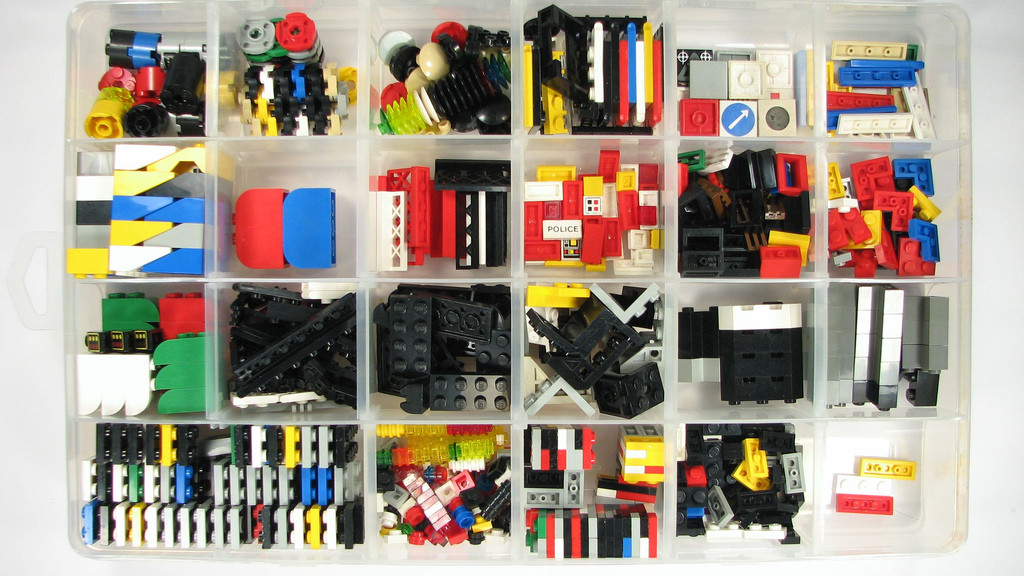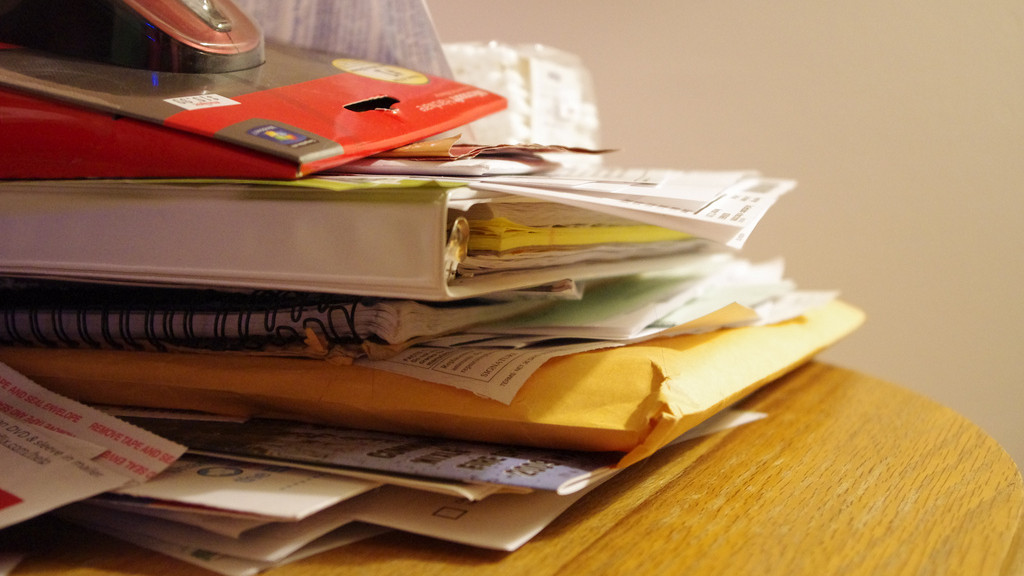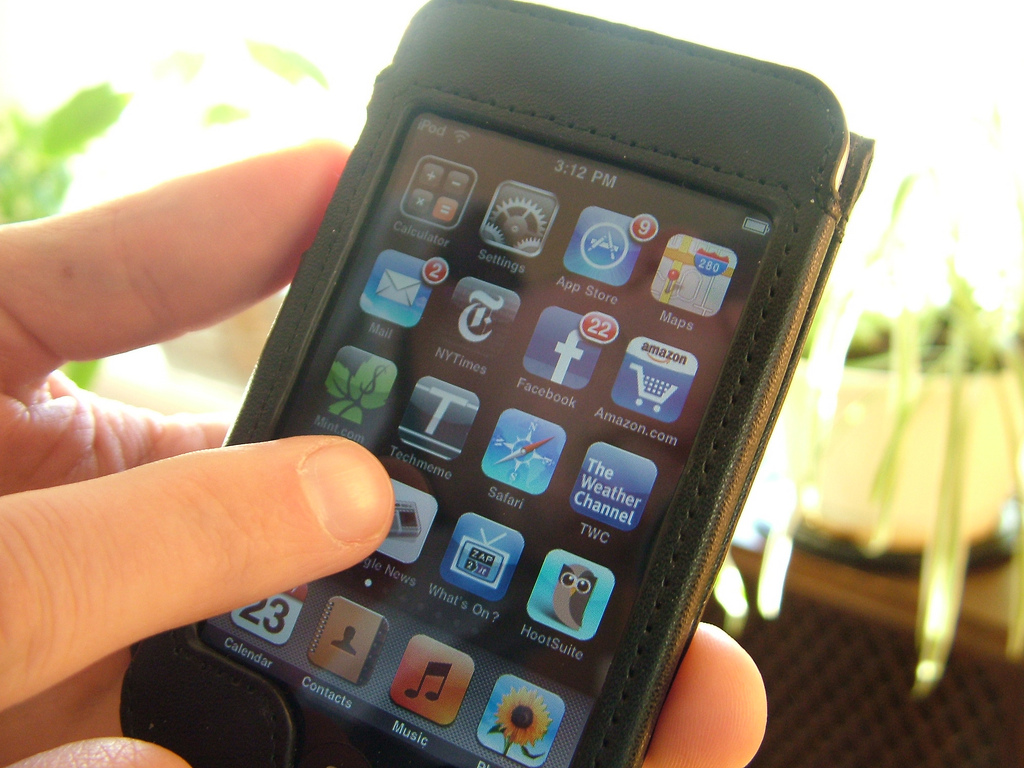Grandparent-grandchild relationships are some of the most special relationships in a child’s life. If the grandparent lives far away, they might only come for occasional visits, especially if they don’t like to travel.
Here are some suggestions for building and maintaining a strong connection between grandparents and small children.
1. Show don’t tell.
Little kids, especially wee boys, usually aren’t interested in long phone conversations. However what they love is to see things.
Show:
– the view out your window
– what you have in your fridge e.g., show them the yoghurts in your fridge and ask them to show you their yoghurts.
– new purchases you’ve made.
2. Dollar store or locally made presents.
Send small presents back and forth. These can from a dollar store or might be locally handmade presents, if you’re travelling in developing countries. Get in the habit of finding out the cheapest ways to ship items and looking out for small, light items that are easy to mail.
If you have friends visiting from where your grandchildren live, send them home with a package.
3. Display their artwork.
Print out artwork your grandkids have done and display it. Alternatively, they can mail their artwork. Take photos of their artwork in your house or show them it over video.
Grandparents: try waiting till your grandchildren are on a video call with you to open any mail you have received from them.
Artwork can also go the other way: Grandparents can do artwork and send it to their grandkids.
4. Carry photos.
If you’re travelling around, travel with a photo of your kids and their grandparents together. Carry in a way that leads to them looking at it frequently. For example, your child may have a photobook of memories from home, that they can view themselves and show to people they meet on their travels.
5. Keep conversations short.
Frequent short conversations are better than long ones. Your children will look forward to the frequent Skype contact and she will be more likely to remain interested during the call.
6. Let them know when you’re going to see them next.
Virtual communication is all well and good but nothing beats real life hugs and in person time. Try to see them twice a year, or once a year if twice a year isn’t possible. Make this a priority. For example, plan vacations together where possible. Older children may even want to go stay with grandparents as unaccompanied minors, if grandparents are in good enough physical/mental shape to take care of them.
.
There are some more tips on this topic here.
photo credit: LennyBaker via photopin cc









